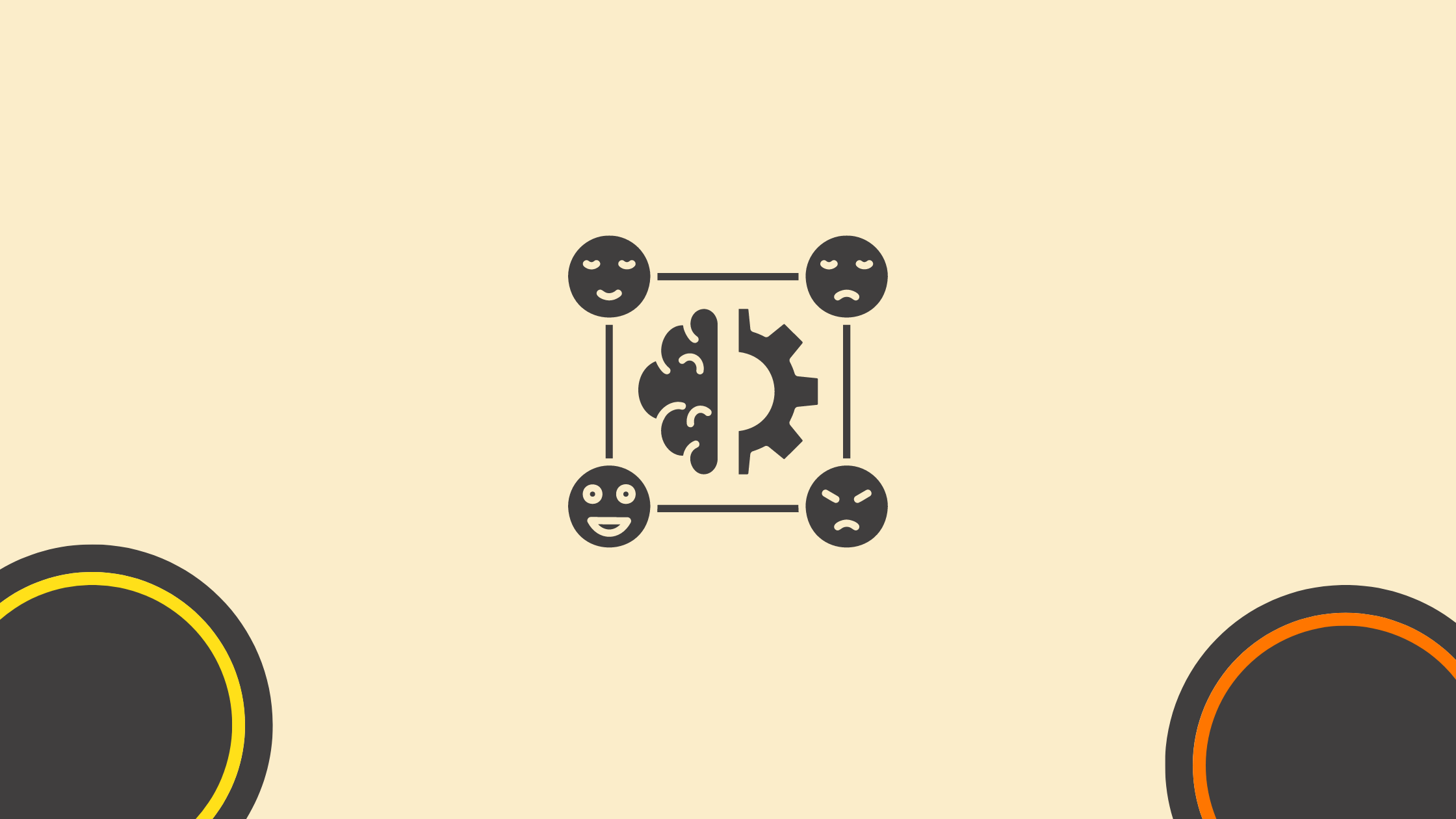AI Emotional Intelligence: The Future of Human-Machine Interaction
Picture a world where machines can grasp and react to human feelings as naturally as your closest friend. This isn’t far from reality!
AI emotional intelligence is no longer a fantasy, it’s turning into a truth that will change how we communicate with technology.
By 2026, forecasts suggest that the worldwide AI in emotion recognition market could touch $3.8 billion. We’re on the verge of a significant change in technology linked to emotions!
This article will present an overview of AI emotional intelligence, including its current status, uses, and the thrilling yet sometimes tough journey forward.
Chapters
What is AI Emotional Intelligence?

Artificial emotional intelligence, sometimes known as affective computing, is a significant leap forward in machine learning.
It enables AI programs to understand and react to human emotions. However, it’s critical that the emotional intelligence of current AIs differs from human emotional skills.
While AI thrives in performing data analysis and automating tasks, it has a hard time mimicking the detailed emotional intelligence that permits real human connection, empathy, and cooperation.
Current AI systems use intricate algorithms to evaluate facial expressions, voice tonality, and speech patterns.
Despite this, they still lack the profound understanding of emotions that come to humans.
There are ongoing attempts to cover this shortfall. Projects like MorphCast for ChatGPT are incorporating emotion recognition features into AI, which shows progress towards creating systems capable of understanding and reacting to human emotions in real-time.
While these advances are exciting, they also underpin the present restrictions of AI in understanding the intricacies of human emotions.
The Science Behind AI Emotional Intelligence
A complicated array of systems and methods weaves AI’s emotional intelligence. These count on machine learning as a key driver, using algorithms to process lots of data and recognize patterns in human emotions.
Natural Language Processing (NLP) helps to make sense of feelings within our language, while computer vision tactics examine facial movements and body postures.
Still, it’s vital to remember that these technologies are beginners in understanding feelings. Even though AI can detect obvious emotional hints, they often overlook the delicate details and context that humans understand.
This shortcoming emphasizes the ongoing requirement for more study and progress in this area.
Applications of AI Emotional Intelligence in 2024

AI emotional intelligence, despite current limits, is already in use in many sectors,
1. Customer Service. Chatbots with emotional intelligence are improving customer care by giving empathetic responses, or taking notes, based on the emotions detected by the user.
2. Education. Systems powered by AI are being built to adjust learning experiences based on the emotional states of students, although keeping human supervision is essential.
3. Mental Health Support acknowledges that AI tools for emotional support cannot replace human professionals, but researchers are studying them to provide additional help for mental health care.
4. Workplace Dynamics, As AI gets more common at work, understanding the value of human emotional intelligence in areas such as teamwork, leadership, and sustaining a pleasant work environment is becoming crucial.
Note that these uses show potential, but they’re still in their initial phases and need mindful setup and human supervision.
Challenges and Ethical Considerations
Making AI intelligent is full of obstacles and moral issues.
The major problems are:
1. Precision and Dependability, Existing emotion recognition methods are not flawless, leading to doubts about their dependability in real life uses.
2. Cultural Prejudice AI tools may find it hard to deal with different cultural expressions of emotion, causing misunderstandings.
3. Gathering and analyzing emotional information raises serious privacy concerns that we should resolve.
4. Risks of misuse, worries arise over the potential misuse of emotions for promotional or other reasons.
5. Effect on Human Connections, With the increase in AI’s emotional intelligence, we should ponder how this could impact human interactions and connections.
We must emphasize these difficulties to encourage responsible creation and implementation of intelligent AI systems while remembering to keep humans at the forefront.
The Future of AI Emotional Intelligence
AI’s emotional intelligence promises to be thrilling and intricate.
There is continuous study to develop advanced emotional AI systems that can bring innovations, such as:
1. Emotional Robotics, We could witness robots having organic interactions with humans by understanding and responding to their emotions.
2. Brain-computer Interfaces, With progress in this area, there may be an opportunity for humans and machines to communicate their emotions more directly.
3. Personalized AI Assistants, Upcoming AI helpers might provide support that is more and suitable for the context.
As we move ahead, it’s important to keep in mind that emotional intelligence is a unique human advantage.
Experts suggest that human emotional intelligence will play a key role in efficient team work, wholesome work environments, and compassionate leadership.
Conclusion
AI emotional intelligence is an exciting area of human machine interaction. While current AI tools are not as intelligent as humans, continuous improvement and innovation are extending the reach.
As we develop and adjust these technologies, it is essential to handle them, keeping in mind the benefits and ethical considerations.
The aim for AI emotional intelligence in the future is not to substitute human emotion but to develop resources that can supplement and improve our emotional intelligence.
By posing important questions, and taking an active role in shaping these, we can aim for a future where AI emotional intelligence exists alongside human emotional intelligence in beneficial ways.
We are on the edge of an emotional AI revolution. One thing stands out, combining artificial intelligence and emotional intelligence will play a vital part in forming our technological future.
Are you prepared to be part of this exciting evolution?
Other Interesting Articles
- AI LinkedIn Post Generator
- Gardening YouTube Video Idea Examples
- AI Agents for Gardening Companies
- Top AI Art Styles
- Pest Control YouTube Video Idea Examples
- Automotive Social Media Content Ideas
- AI Agent for Plumbing Business
- Plumber YouTube Video Idea Examples
- AI Agents for Pest Control Companies
- Electrician YouTube Video Idea Examples
- AI Agent for Electricians
- How Pest Control Companies Can Get More Leads
- AI Google Ads for Home Services
Master the Art of Video Marketing
AI-Powered Tools to Ideate, Optimize, and Amplify!
- Spark Creativity: Unleash the most effective video ideas, scripts, and engaging hooks with our AI Generators.
- Optimize Instantly: Elevate your YouTube presence by optimizing video Titles, Descriptions, and Tags in seconds.
- Amplify Your Reach: Effortlessly craft social media, email, and ad copy to maximize your video’s impact.